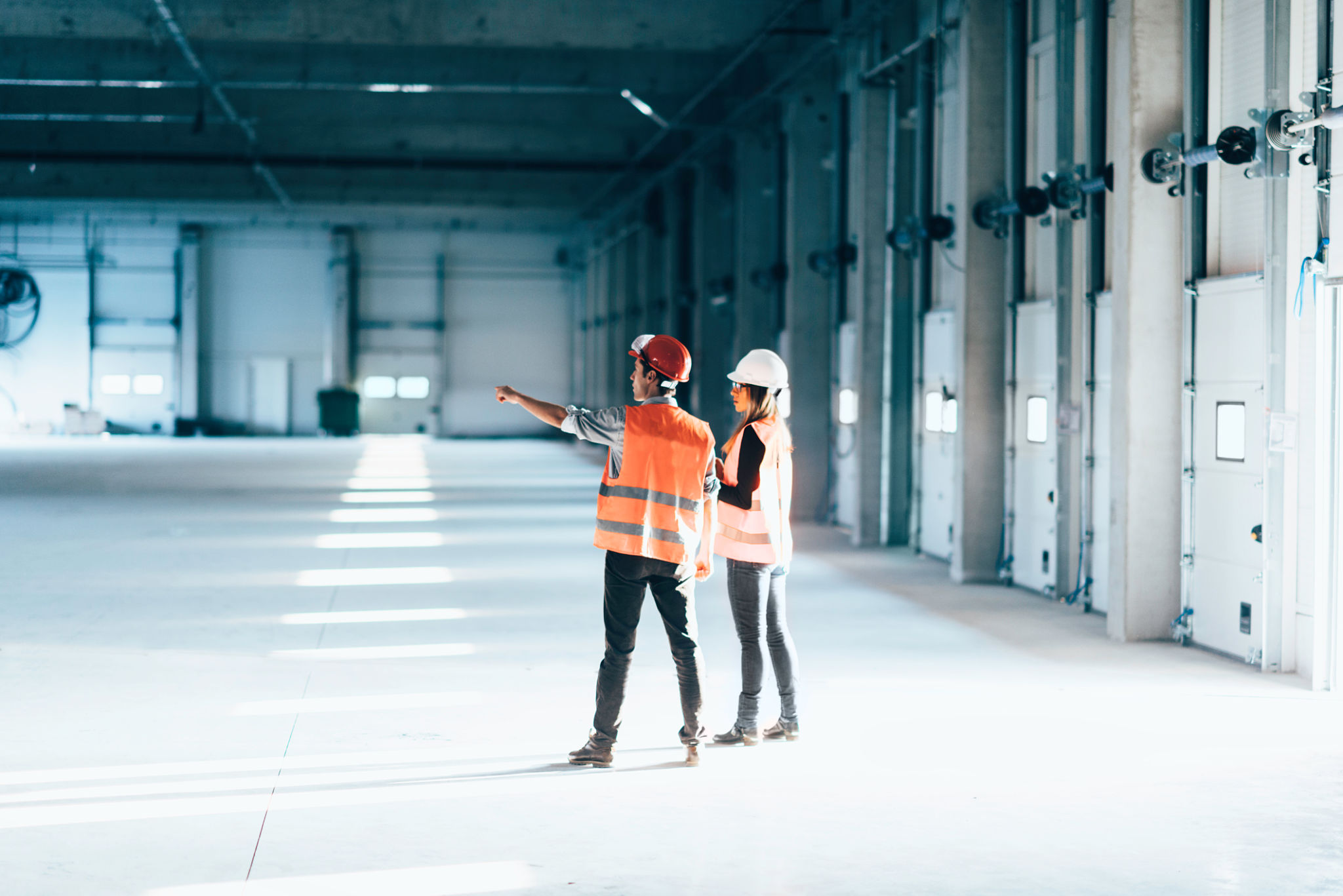Understanding Local Building Codes and Regulations
Introduction to Local Building Codes
Understanding local building codes and regulations is essential for anyone looking to develop or renovate a property. These codes are legal requirements set by local authorities to ensure the safety, health, and general welfare of the public and property. They are designed to standardize construction practices and materials used in building projects.

Why Local Building Codes Matter
Building codes provide a framework for safe construction practices. By adhering to these codes, builders can ensure that their structures are safe, durable, and suitable for the intended use. Ignoring these codes can lead to serious consequences, including structural failures, fines, and legal issues. Therefore, it's crucial for builders and property owners to familiarize themselves with the relevant regulations.
Key Components of Building Codes
Local building codes typically cover a range of topics, including:
- Structural Integrity: Requirements for the strength and stability of buildings.
- Fire Safety: Regulations concerning fire resistance and evacuation routes.
- Electrical Systems: Standards for wiring and electrical installations.
- Plumbing: Guidelines for water supply and drainage systems.
- Energy Efficiency: Measures to reduce energy consumption.

How to Navigate Building Codes
Navigating building codes can be a daunting task, especially for those new to construction or renovation projects. Here are some steps to help you get started:
- Research: Start by researching the specific codes applicable in your area. These can typically be found on your local government's website.
- Consult Experts: Consider hiring a professional such as an architect or engineer who is familiar with local codes.
- Attend Workshops: Many communities offer workshops or seminars to help residents understand building regulations.
The Role of Local Authorities
Local authorities play a critical role in enforcing building codes. They review construction plans, issue permits, and conduct inspections throughout the building process. It is important to maintain clear communication with these authorities to ensure compliance and address any issues that may arise during your project.

Common Challenges in Compliance
One of the common challenges people face when dealing with building codes is staying updated with changes. Building codes are frequently revised to incorporate new safety standards and technologies. Failing to stay informed can lead to non-compliance issues. It's advisable to regularly check for updates or seek professional advice to ensure ongoing compliance.
Benefits of Adhering to Building Codes
The benefits of adhering to local building codes extend beyond legal compliance. Properly following these regulations enhances the longevity and resale value of a property. Moreover, it provides peace of mind knowing that the structure is safe and built to current standards.
Conclusion
Understanding local building codes and regulations is not just a bureaucratic necessity; it's a critical step in ensuring the safety, functionality, and value of your property. By taking the time to learn about these requirements, consulting professionals, and maintaining open communication with local authorities, you can successfully navigate the complexities of building codes.